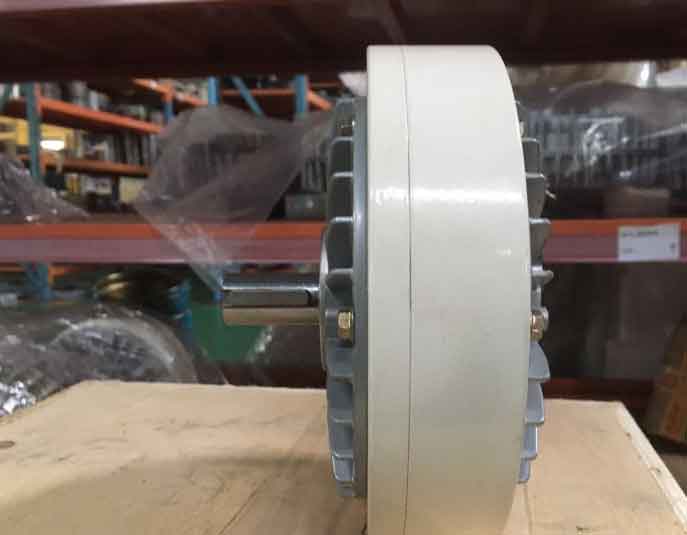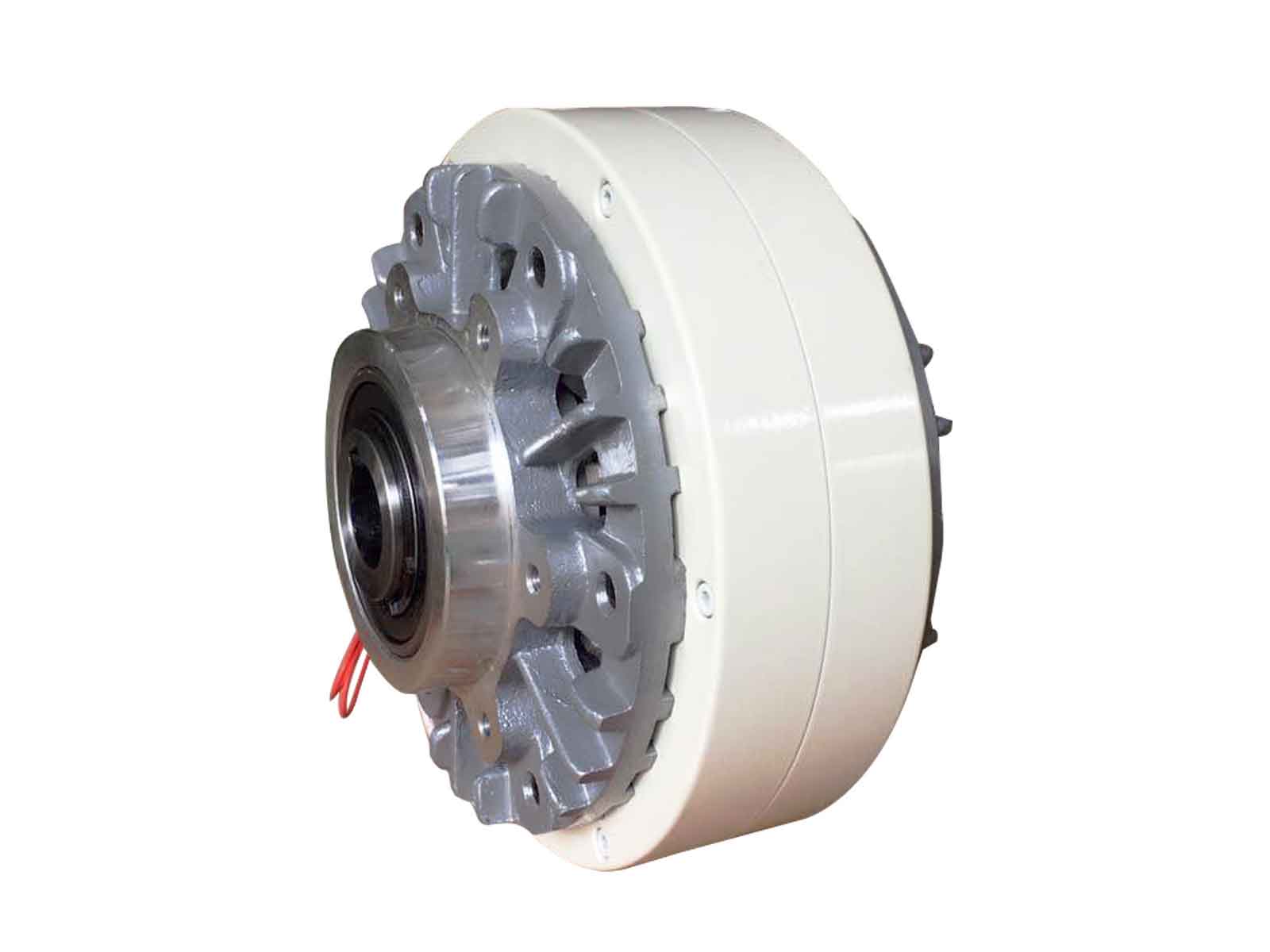The paper manufacturing industry relies on a delicate balance of precision and control to produce high-quality products efficiently. One crucial element in achieving this balance is the use of magnetic particle brakes.
Magnetic particle brakes are devices that control the torque applied to a rotating shaft by varying the magnetic field strength within the brake. The key principles governing their operation are as follows:
Magnetic Field Variation: A magnetic particle brake consists of a rotor (connected to the rotating shaft) and a stator (stationary part). The rotor contains magnetizable particles suspended in a special oil or grease. As the stator generates a magnetic field, the magnetic particles align with the field, creating resistance to the rotor’s motion.
Torque Control: By adjusting the strength of the magnetic field, the amount of torque applied to the rotor (and hence, the connected shaft) can be precisely controlled. This allows for fine-tuned regulation of rotational speed and tension.
Top 4 Advantages of Magnetic Particle Brakes in Paper Machines
- Precise Tension Control: Magnetic particle brakes provide accurate tension control in web handling processes, ensuring consistent paper quality and reduced waste.
- Non-contact Operation: They operate without physical contact between the rotor and stator, minimizing wear and tear and reducing maintenance requirements.
- Quick Response Time: Magnetic particle brakes can respond rapidly to changes in tension or speed, allowing for precise adjustments during production.
- High Torque Range: They can handle a wide range of torque requirements, making them versatile for various paper machine configurations.
- Maintenance-Friendly: These brakes are relatively easy to maintain, with no friction materials that require replacement.
Applications in Paper Machines of Magnetic particle brakes
| Application | Function |
|---|---|
| Unwind Stands | Controlling the tension of paper unwinding |
| Rewind Stands | Regulating tension during rewinding |
| Printing Units | Maintaining precise tension in printing |
| Coating Stations | Ensuring uniform coating application |
| Sheet Cutting Machines | Controlling the cutting process |

Contributions to Improved Performance
- Reduced Waste: Precise tension control minimizes paper breakage and waste, improving production efficiency.
- Enhanced Print Quality: In printing units, consistent tension results in better print quality with fewer defects.
- Accurate Coating: Coating stations benefit from precise tension control, ensuring even coating distribution for superior paper quality.
- Reliable Cutting: Sheet cutting machines can make clean, accurate cuts with the assistance of magnetic particle brakes.
Four major points to note when implementing magnetic particle brakes in paper machines
- System Integration: Ensure that the brake system is seamlessly integrated into the paper machine’s control system for effective coordination.
- Tension Requirements: Understand the specific tension control needs of your paper machine to select the appropriate brake model.
- Maintenance Planning: Establish a regular maintenance schedule to ensure the continued performance of the magnetic particle brakes.
- Operator Training: Provide training to machine operators for the proper use and adjustment of the brakes.
Conclusion
Magnetic particle brakes are invaluable components in paper machines, contributing to precise tension control, enhanced product quality, and improved performance. Their ability to regulate torque without physical contact, quick response time, and versatility make them essential for various applications in the paper manufacturing industry.
Explored the principles, advantages, applications, and contributions of magnetic particle brakes in paper machines. By considering their integration, tension requirements, maintenance planning, and operator training, paper manufacturers can harness the benefits of these brakes to optimize their production processes, reduce waste, and ensure the consistent quality of their paper products. Magnetic particle brakes are indeed a cornerstone of control and precision in the world of paper manufacturing.
